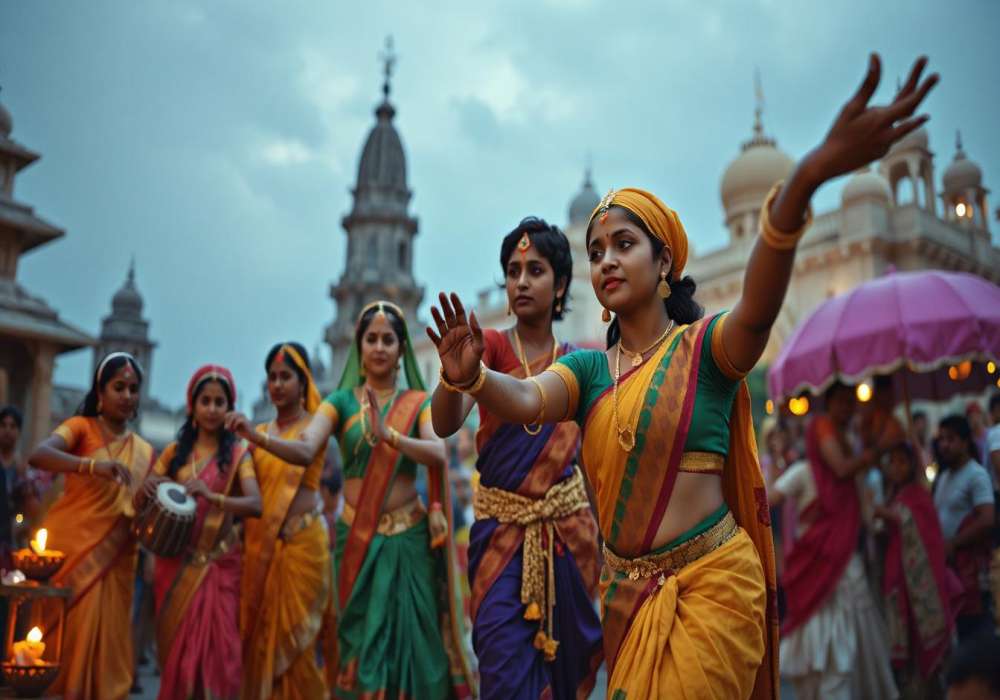
Last Updated At: 29-Aug-2025
Tradition, Art And Culture of India
The cultural tapestry of India is woven with threads of vibrant traditions, artistic expressions, and an enduring spirit that has transcended centuries. Among the myriad facets that adorn this intricate fabric, Indian traditional crafts and dance forms symbolise the nation's rich cultural heritage. With a kaleidoscope of styles that traverse classical, folk, and contemporary genres, Indian dance forms encapsulate the nation's boundless energy and passion. From the graceful expressions of Bharatanatyam to the exuberant beats of Bhangra, each dance tradition mirrors India's cultural diversity.
Indian traditional crafts embody the essence of creativity, skill, and cultural heritage. Passed down through generations, these crafts encapsulate the wisdom and aesthetic sensibilities of the country. From the intricate artistry of hand-woven textiles to the delicate beauty of handcrafted jewellery, each piece tells a story of craftsmanship that spans generations. These crafts are not merely objects of adornment but vessels of history and identity, capturing the essence of different regions and communities.
Indian Culture, Traditions and Arts
In this cultural panorama, Indian traditional crafts and dance forms are more than just artistic pursuits; they are the living heritage of a nation. They embody the soul of India, carrying within them the stories of generations, the echoes of history, and the pulse of a people united by their love for creativity and reverence for tradition. As we delve into Indian culture, we embark on a journey that unveils the heart and soul of a nation that celebrates its past while embracing the future with open arms.
- Melodies of Tradition | Indian Classical Music
- Flavours of India | Exploring Indian Cuisine
- Festive Spectacles | Cultural Festivals in India
- Artisanal Marvels | Indian Traditional Crafts
- Graceful Movements | Indian Dance Forms
- Echoes of Time | Cultural Heritage of India
- Threads of Tradition | Traditional Clothing in India
- Spiritual Diversity | Religions in India
- Literary Treasures | Literature and Films of India
- Architectural Marvels | Gems of Indian Architecture
1. Melodies of Tradition | Indian Classical Music
Indian Classical Music is a celestial art form that has flourished for centuries, intricately woven into the country's cultural fabric. It encompasses two major traditions, Hindustani and Carnatic, each with its distinct style, ragas, and rhythmic patterns. The melodies of Indian Classical Music are not merely entertainment; they are gateways to profound emotions, meditation, and self-realisation. The intricate interplay between swaras (notes) and laya (rhythm) creates an enchanting aura that has the PowerPower to evoke deep emotions within listeners. This art form, nurtured through guru-shishya parampara (teacher-student lineages), showcases the dedication and discipline required to master it.
2. Flavours of India | Exploring Indian Cuisine
Indian Cuisine is a culinary marvel that reflects the country's cultural diversity, regional variations, and ancient practices. Each dish is a symphony of flavours, meticulously crafted with aromatic spices and herbs. From the fiery curries of the south to the rich biryanis of the north, Indian Cuisine explores the senses. The culinary artistry is deeply intertwined with traditions, festivals, and daily life, creating a gastronomic experience that connects people with their heritage. Indian Cuisine isn't just about taste; it's about the stories it tells, the memories it evokes, and the cultural tapestry it represents.
3. Festive Spectacles | Cultural Festivals in India
Cultural Festivals in India are vibrant and joyous expressions of the nation's diversity, spirituality, and shared heritage. Diwali, the Festival of Lights, illuminates cities with diyas and represents the victory of light over darkness. Holi, the Festival of Colors, transforms towns into vivid palettes of hues, symbolising the unity of people irrespective of their backgrounds. The grandeur of Ganesh Chaturthi, the devotion to Eid, and the harmony of Christmas all contribute to the rich tapestry of festivals that unite India. These celebrations are more than events; they are reflections of India's ethos, where people come together to celebrate life, culture, and spirituality.
4. Artisanal Marvels | Indian Traditional Crafts
Indian Traditional Crafts are a testament to the country's creativity, skill, and cultural diversity. From the intricate embroidery of Lucknow's chikankari to the elaborate beadwork of Gujarat's Kutchi, each craft is a masterpiece that tells stories of tradition, heritage, and community. Artisans, often working from rural settings, pour their heart and soul into these crafts, passed down through generations. The crafting process is a tribute to the time-honoured techniques that have shaped India's artistic legacy. These crafts provide livelihoods, preserve traditions,and uphold the cultural identity of communities.
5. Graceful Movements | Indian Dance Forms
Indian Dance Forms are expressions of the body, soul, and emotions, narrating stories through graceful movements and intricate gestures. From the fluidity of Kathak to the storytelling of Bharatanatyam, these dances are more than performances; they are spiritual experiences that connect the dancer, the audience, and the divine. Dance is a bridge that transcends languages and cultural barriers, uniting people through shared emotions and storytelling. The rhythmic footwork, the expressive facial expressions, and the colourful costumes embody India's cultural heritage and artistic finesse.
6. Echoes of Time | Cultural Heritage of India
The Cultural Heritage of India is a testament to the nation's history, creativity, and resilience. From the awe-inspiring temples of Khajuraho to the regal forts of Rajasthan, these architectural marvels bear witness to the grandeur of dynasties that have ruled the land. India's heritage isn't confined to monuments alone; it's found in the poetry of Kalidasa, the epics of Ramayana and Mahabharata, and the philosophical teachings of ancient texts. These echoes of time remind us of the traditions that have shaped India and inspire a collective appreciation for the past that informs the present and guides the future.
7. Threads of Tradition | Traditional Clothing in India
Traditional Clothing in India visually represents cultural heritage, aesthetics, and regional diversity. From the elegant sarees worn by women to the dhotis adorned by men, each attire carries centuries of history and stories. The vibrant textiles, intricate weaves, and ornate embellishments showcase the craftsmanship and traditions of different communities. These garments are more than just fabrics; they are cultural symbols celebrating rituals, ceremonies, and daily life. Traditional clothing in India is a fusion of style and sentiment, connecting generations and preserving the essence of a rich cultural legacy.
8. Spiritual Diversity | Religions in India
Religions in India form a vibrant mosaic that reflects the country's profound spirituality, inclusivity, and cultural tapestry. Hinduism, Islam, Christianity, Sikhism, Buddhism, and Jainism, among others, coexist harmoniously, each contributing to India's spiritual landscape. The spiritual journey in India is diverse, offering sacred sites like Varanasi, the birthplace of Buddhism in Bodh Gaya, the Golden Temple of Amritsar, and the ancient Ajanta Caves. India's spiritual diversity isn't just a coexistence of faiths; it's a celebration of unity in diversity, where the pursuit of the divine is guided by respect, tolerance, and reverence for all beliefs.
9. Literary Treasures | Literature and Films of India
Literature and Films in India reflect the nation's stories, thoughts, and perspectives. From the Vedas to contemporary novels, Indian literature explores themes, emotions, and human experiences. Authors like Rabindranath Tagore, R.K. Narayan, and Arundhati Roy have left an indelible mark on global literature, sharing insights into India's cultural ethos and societal dynamics. Indian cinema, often called Bollywood, bridges languages and cultures, captivating audiences with its music, drama, and narratives. Films like "Mother India" and "Lagaan" showcase the artistry of Indian storytelling, inviting audiences to explore the complexities of the human condition through a uniquely Indian lens.
10. Architectural Marvels | Gems of Indian Architecture
Gems of Indian Architecture are timeless witnesses to the country's historical legacy, artistic brilliance, and cultural fusion. The Taj Mahal, an epitome of love, showcases the delicate intricacies of Mughal architecture, while the intricate carvings of Khajuraho temples celebrate the union of human life and spirituality. Ancient cave structures at Ellora and Ajanta are marvels of rock-cut architecture, transporting visitors to an era of artistic innovation. India's architectural heritage isn't confined to monuments; it's a journey through time that reveals the diverse architectural languages of different dynasties and regions. These marvels stand as living testaments to the creativity, aspirations, and craftsmanship that have shaped India's architectural legacy.
The country's cultural landscape reflects a profound spiritual depth, where various religions coexist in harmony, and the pursuit of the divine is guided by tolerance and reverence. The ancient and contemporary literature serves as a mirror to the nation's collective psyche, while architectural marvels stand as testimony to the vision and skills of generations past. Traditional clothing is a living canvas that showcases regional diversity and historical significance, and Indian cinema weaves tales that captivate hearts worldwide. Through its culture, India offers a glimpse into its soul—a soul that embraces unity in diversity, upholds values, and seeks to celebrate the human experience. The Cultural heritage of India is a source of pride, a wellspring of inspiration, and a bond that ties its people together in a shared journey of discovery, expression, and growth. So, are you guys ready to immerse yourself in the rich culture of the world's largest democratic country, plan your trip to India with Adotrip, and enjoy a hassle-free and smooth journey?
With us, nothing is far!
Frequently Asked Questions about the Culture of India
Q1. How diverse is India across religion, language and ethnicity?
A1. India is incredibly diverse across religion, language, and ethnicity:
- Religion: India is home to various major religions, including Hinduism, Islam, Christianity, Sikhism, Buddhism, and Jainism, among others.
- Language: There are over 1,600 languages spoken in India, with Hindi and English being the official languages.
- Ethnicity: India is a melting pot of ethnic groups, with diverse communities, castes, and tribes, each with distinct cultural practices and traditions.
Q2. What religions like Hinduism, Islam, Sikhism, and Christianity exist?
A2. India is home to a diverse array of religions, including:
- Hinduism: The majority religion with a rich tapestry of rituals and beliefs.
- Islam: A significant minority religion practised by millions across the country.
- Sikhism: Predominant in Punjab, known for its teachings of equality and service.
- Christianity: Practised by various communities, with a historical presence in certain regions.
Q3. How popular are Bollywood cinema and cricket nationally?
A3. Bollywood cinema and cricket are highly popular and culturally significant in India:
- Bollywood Cinema: A major part of Indian entertainment, with a global fan base and widespread cultural influence.
- Cricket: Considered a national obsession, cricket unites millions of Indians and holds a special place in their hearts.
Q4. How important are family ties and arranged marriage?
A4. Family ties and arranged marriages hold significant importance in Indian culture:
- Family Ties: Families play a central role in individuals' lives, providing support and a sense of belonging.
- Arranged Marriage: While modern dating is growing, arranged marriages remain a prevalent tradition, involving families in matchmaking.
Q5. What is India's most widely consumed food staple?
A5. Rice is the most widely consumed food staple in India:
- Rice: Found in various forms, it is a staple carbohydrate in most Indian meals.
Q6. How popular are festivals like Diwali and Holi?
A6. Festivals like Diwali and Holi are extremely popular and widely celebrated in India:
- Diwali: The Festival of Lights, celebrated with grandeur, symbolising the triumph of light over darkness.
- Holi: The Festival of Colors, marked by vibrant celebrations, where people play with coloured powders and water.
Q7. What classical dance forms like Bharatanatyam exist?
A7. India has several classical dance forms, including:
- Bharatanatyam: Originating in Tamil Nadu, it's known for its intricate footwork and expressive movements.
- Kathak: Flourished in North India, characterised by graceful storytelling through dance.
- Odissi: Hailing from Odisha, it reflects devotion and mythology in its movements.
- Kathakali: Native to Kerala, it involves elaborate makeup and costumes depicting epics.
- Manipuri: From Manipur it's marked by its fluid and graceful movements.
- Kuchipudi: Andhra Pradesh's contribution, blending dance, acting, and storytelling.
Q8. How significant is yoga to culture and soft PowerPower abroad?
A8. Yoga holds significant cultural importance and soft PowerPower abroad:
- Cultural Significance: Yoga has ancient roots in Indian spirituality, promoting physical and mental well-being.
- Soft PowerPower Abroad: India's promotion of yoga has enhanced its global image, fostering connections and goodwill.
Q9. What impact did the caste system have historically?
A9. The caste system had a significant historical impact:
- Social Hierarchy: Divided society into rigid classes, determining roles, privileges, and restrictions.
- Social Exclusion: This led to discrimination, limited opportunities, and inequality for lower castes.
- Cultural Influence: Caste divisions have influenced cultural practices and interactions despite reforms.
Q10. How strong are customs of hospitality like namaste?
A10. Customs of hospitality, like the traditional greeting "namaste," are deeply ingrained in Indian culture:
- Namaste: A common gesture of respect and greeting involving folding hands and a slight bow.
- Cultural Etiquette: Hospitality and respect for guests are cultural norms reflecting Indian values.
- Universality: These customs extend across various regions, religions, and social backgrounds.
--- Published By Adotrip
Latest Blogs
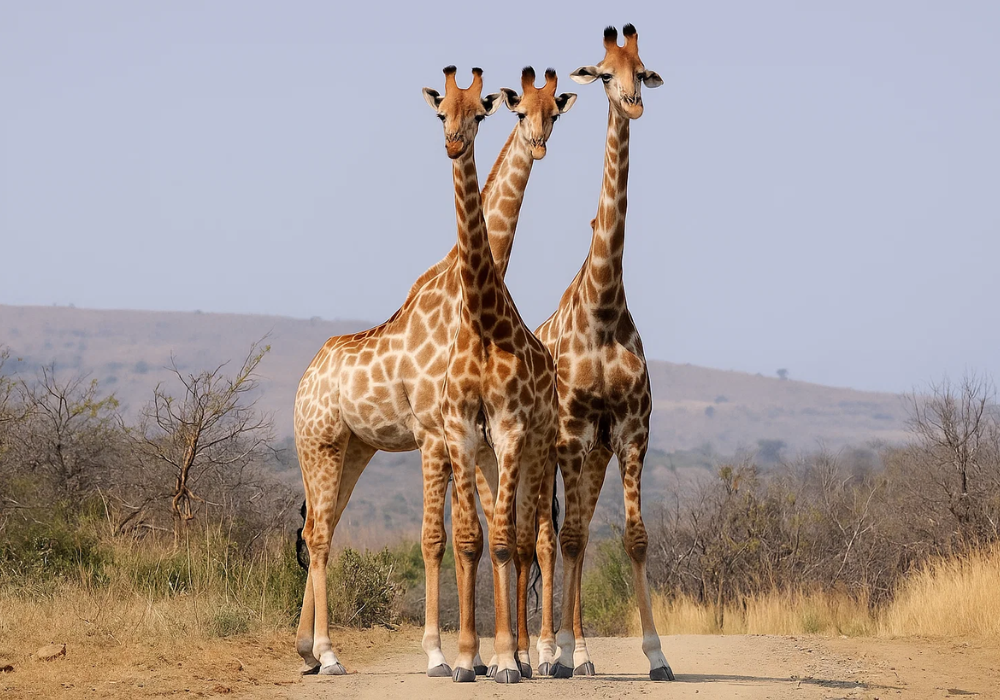
Cash in the Wild: My Safari Adventure Across Kenya with Only...

One Day Picnic Spot Near Pune - Adventure, Trekking and Natu...
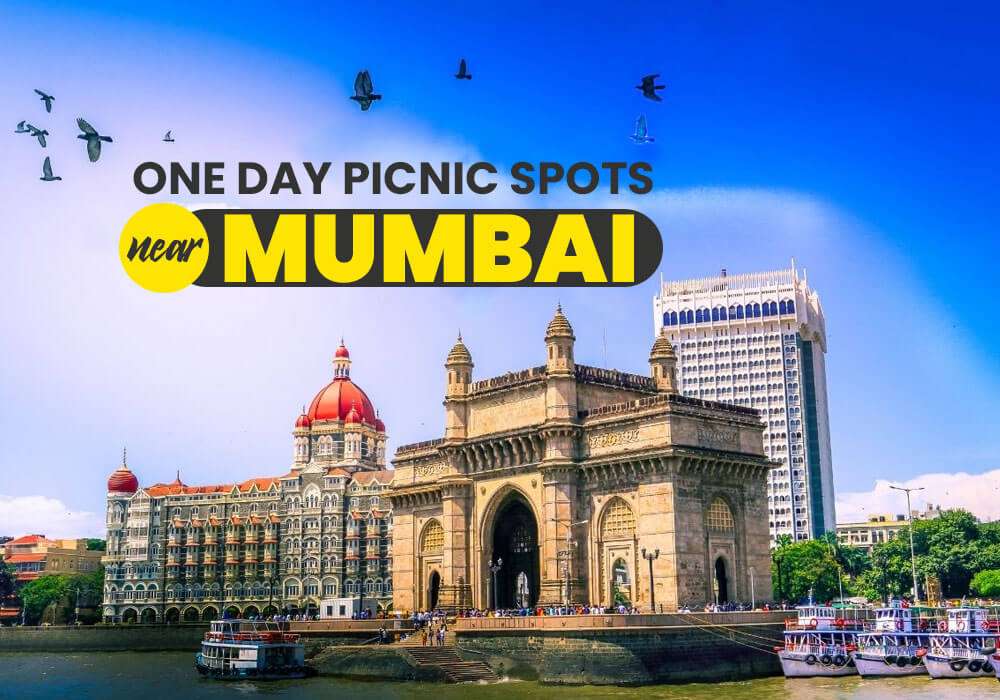
One Day Picnic Spots Near Mumbai - Monsoon, Adventure, Beach...
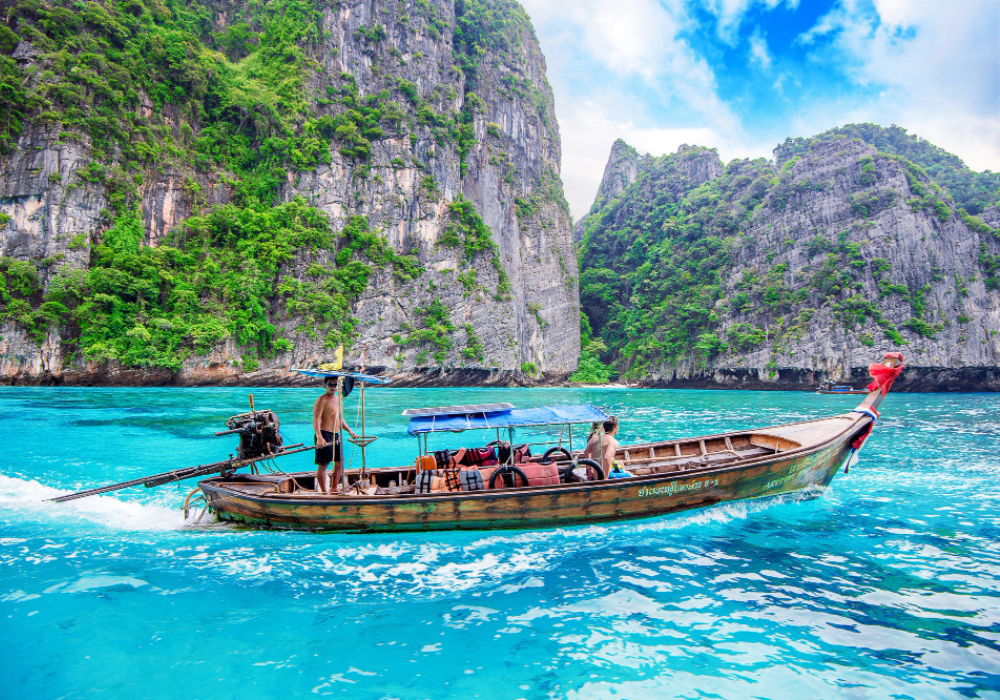
The Best Places to Go in Thailand in 2025
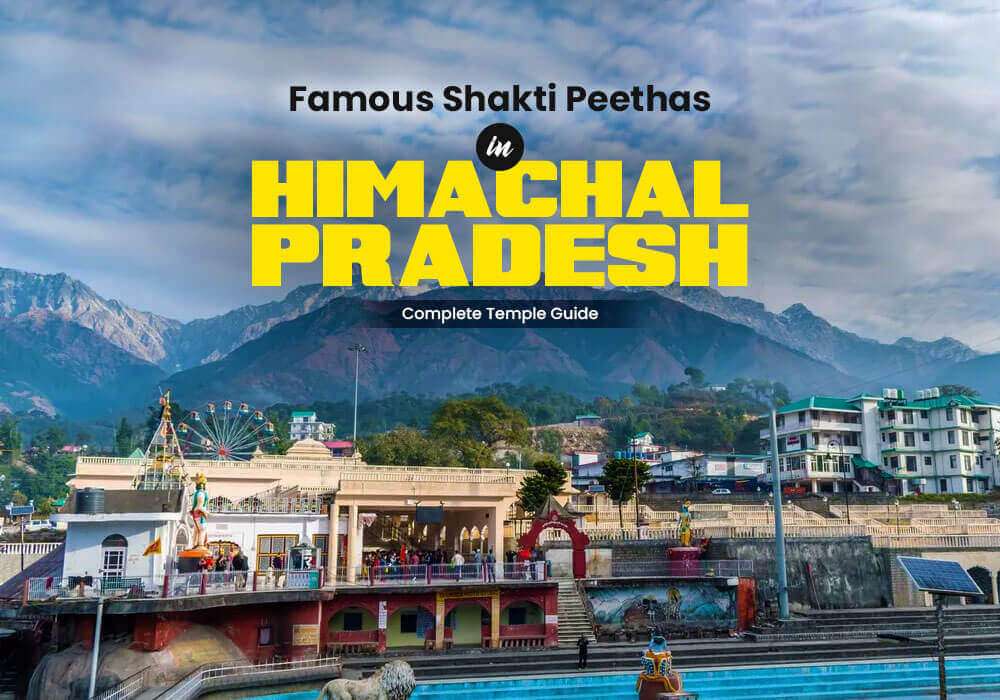

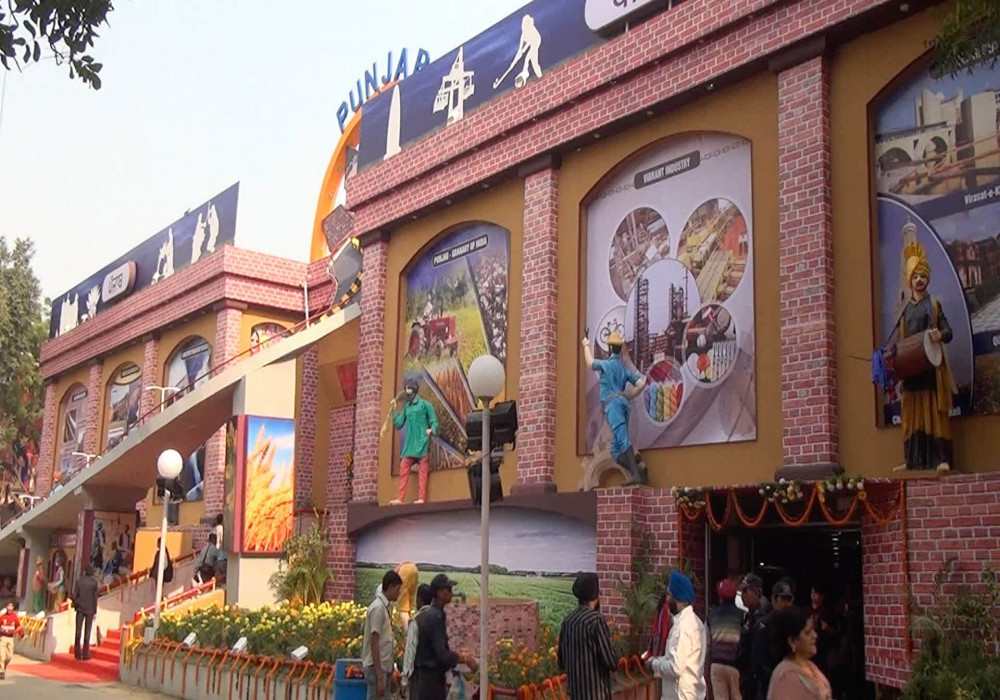
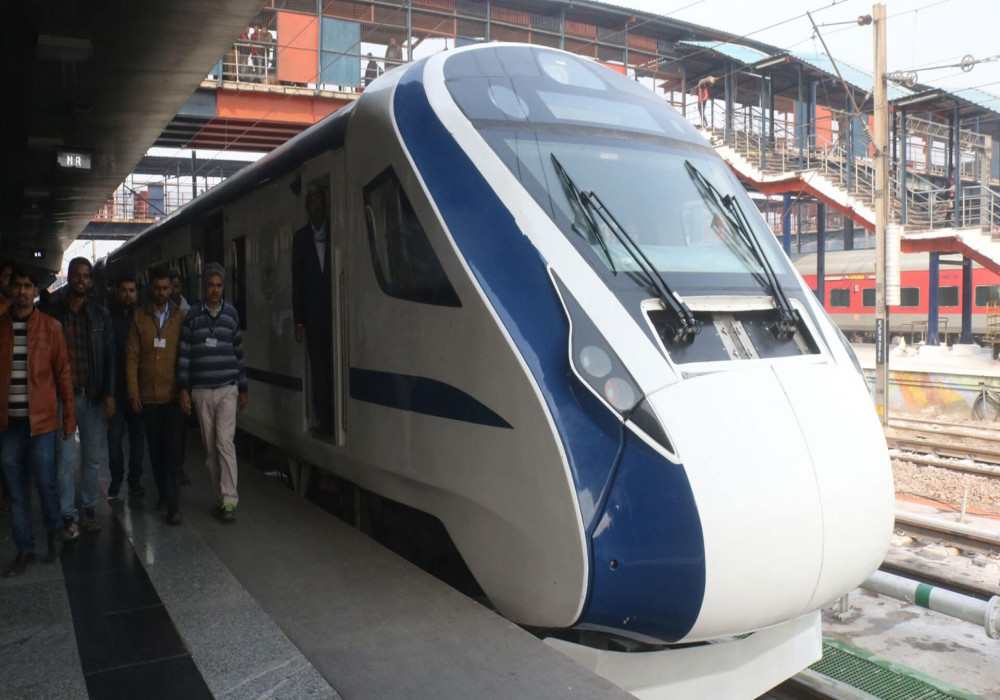
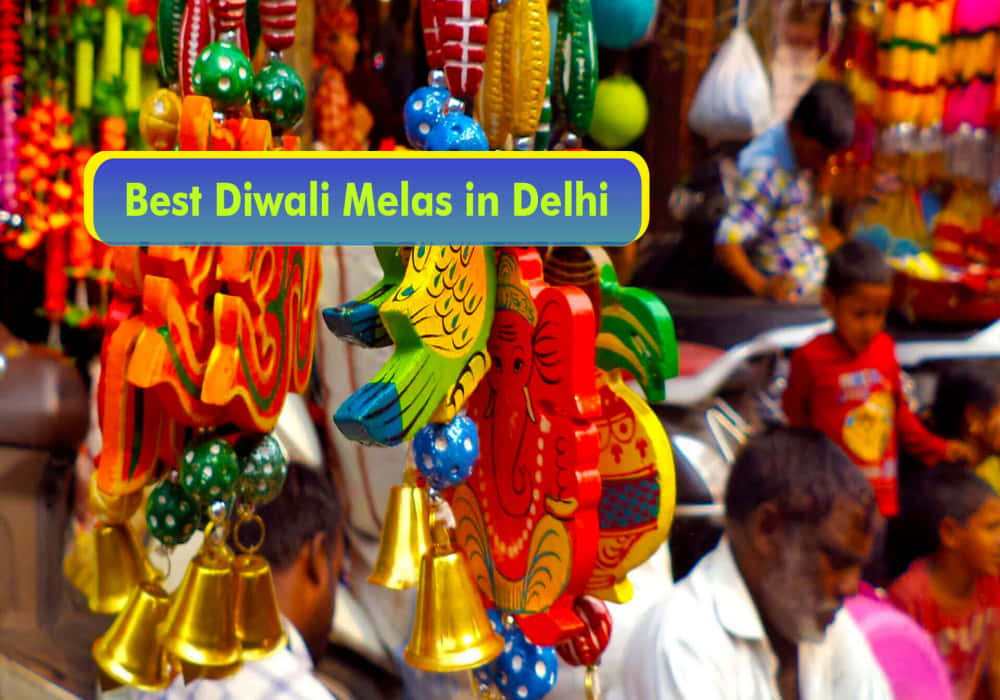

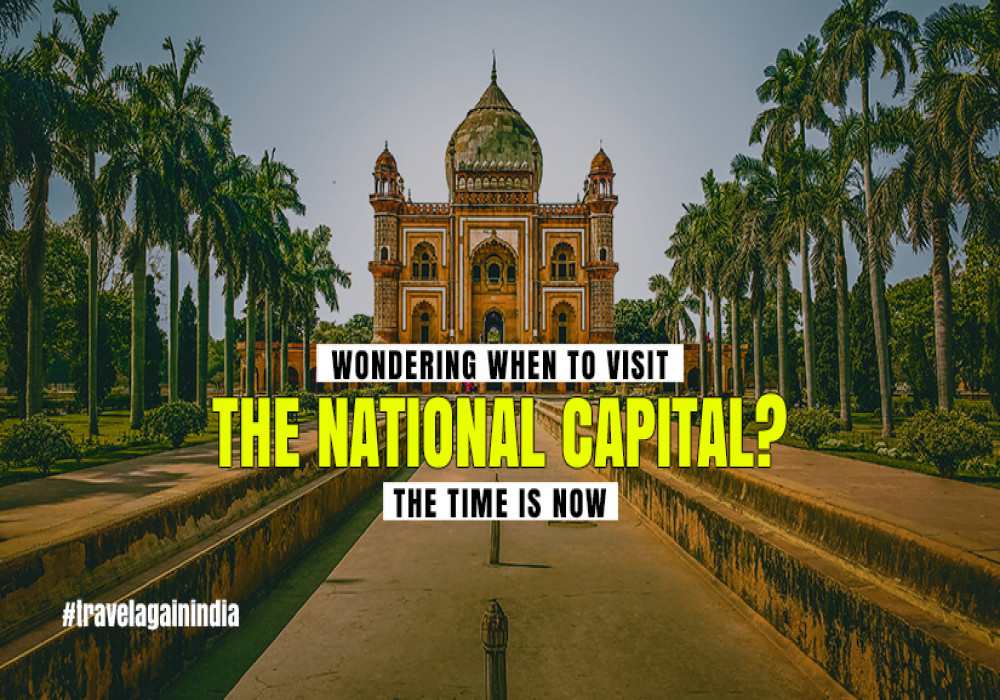
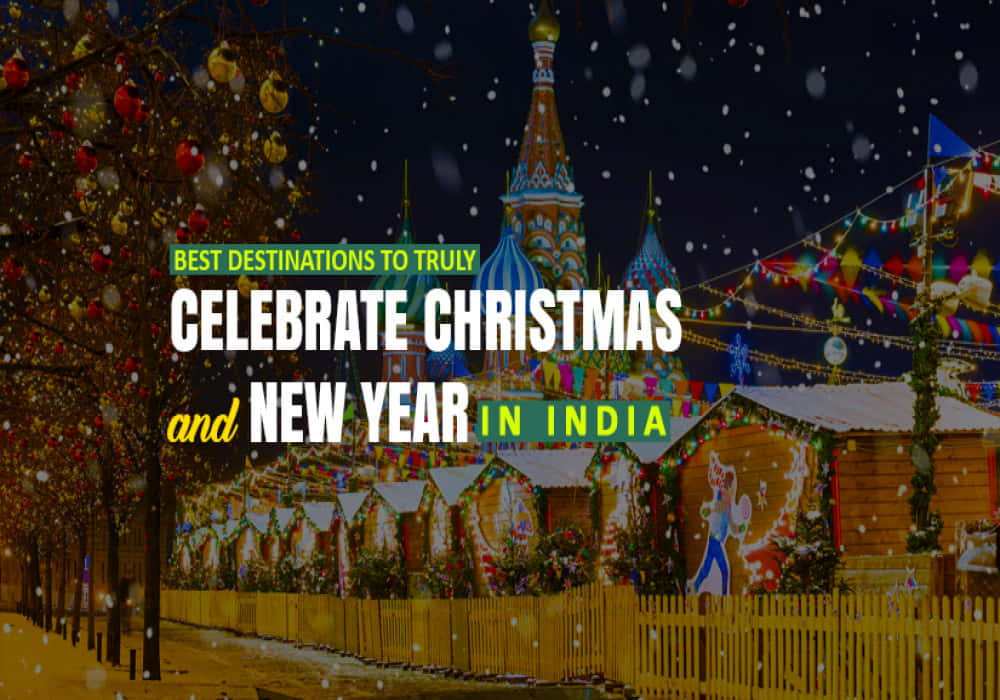
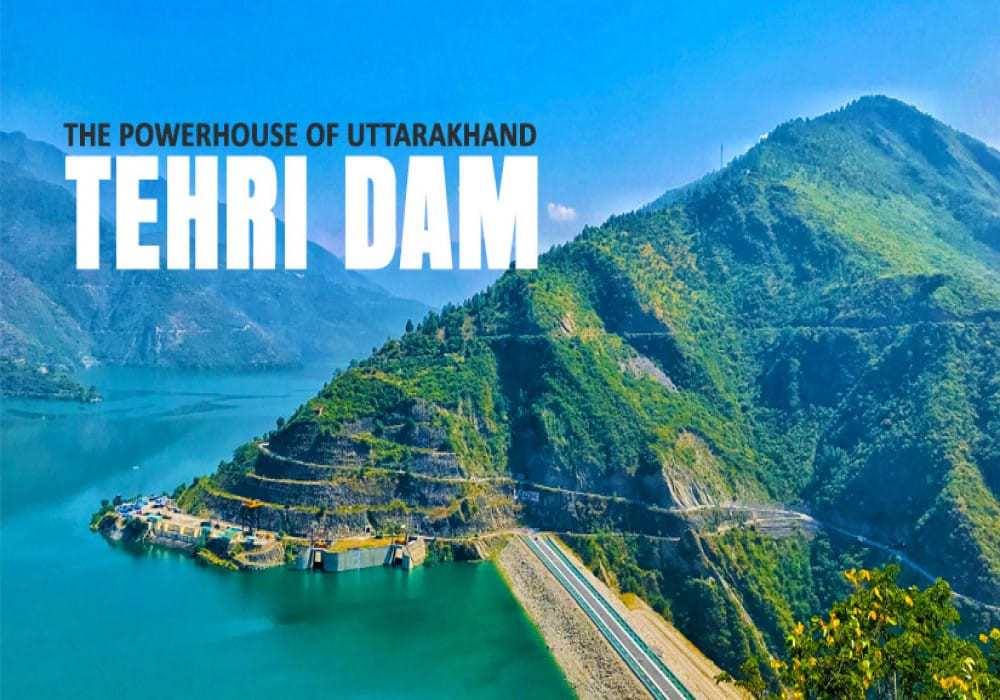
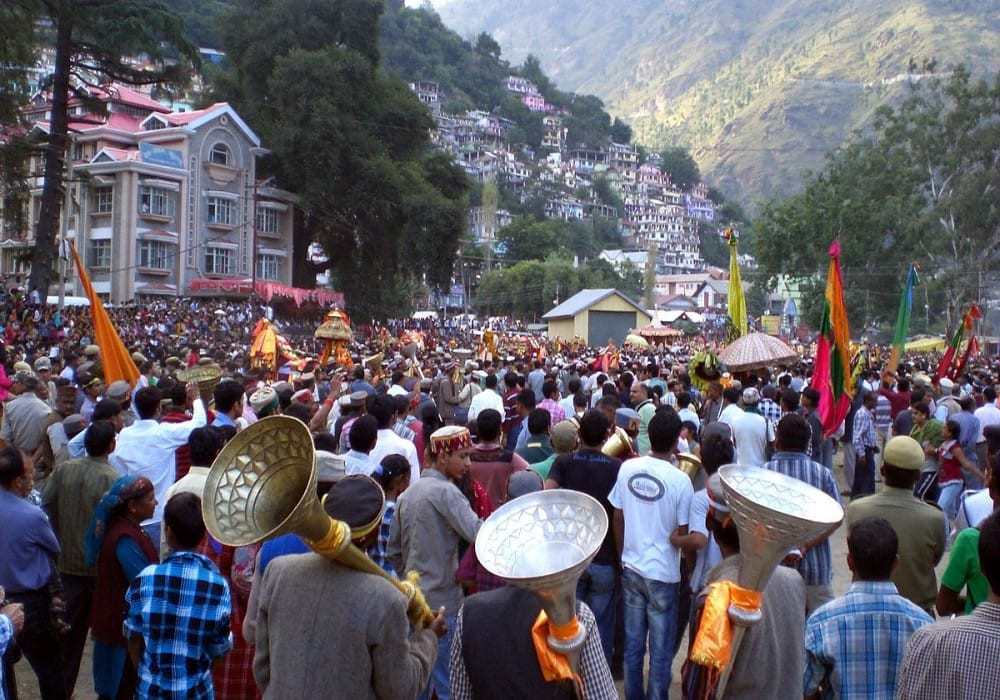


.jpg)

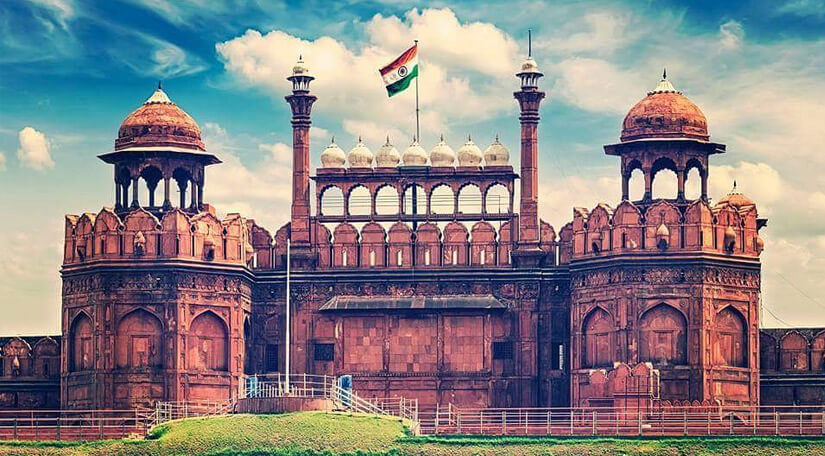
 Dubai
Dubai Malaysia
Malaysia USA
USA





